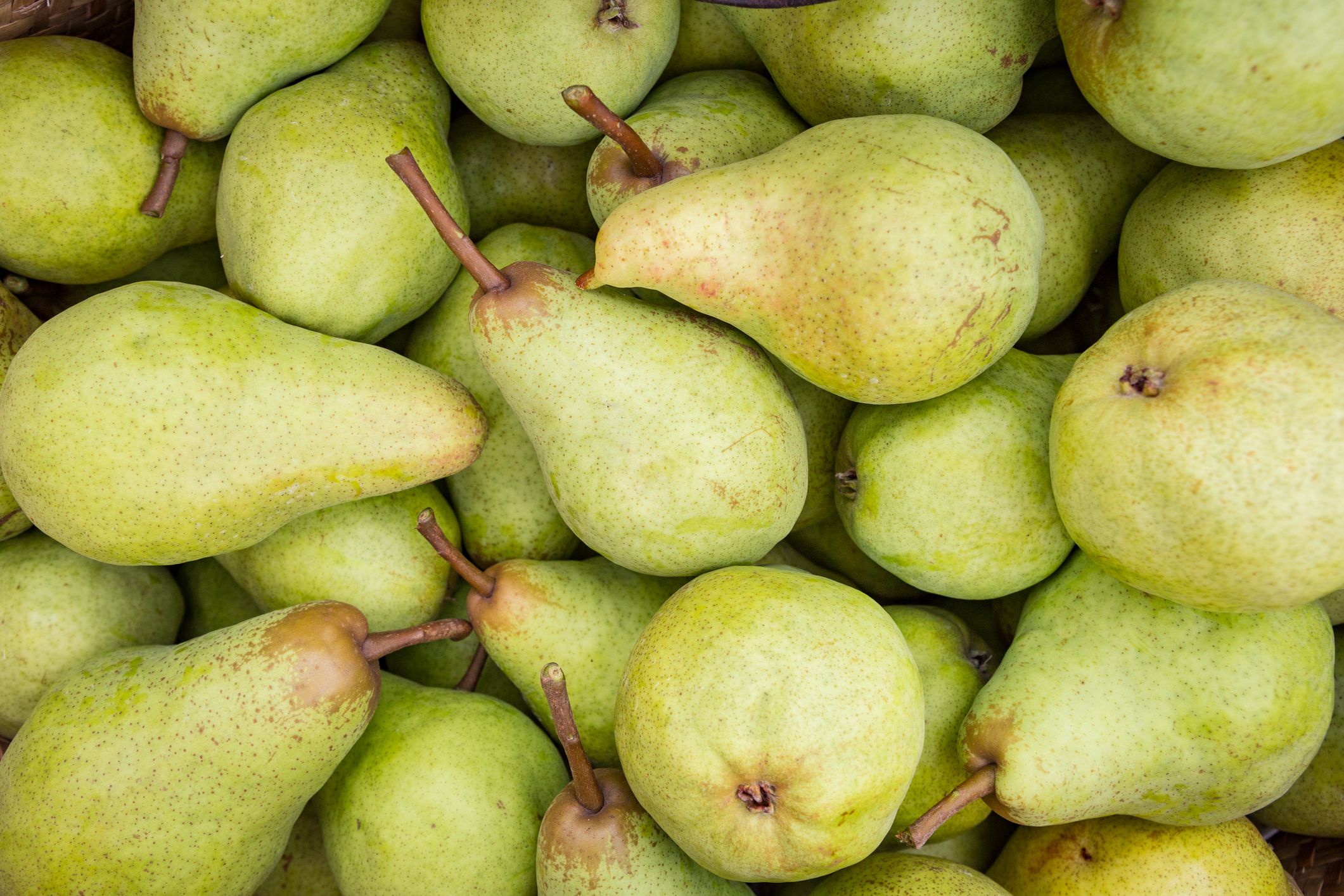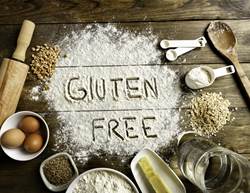Fibre may not be as trendy a term as keto, paleo, or flexitarian—hey, it makes us think of bran muffins and carpet fibres, too!—but let's give that five-letter word a little love. After all, adding more fibre to your diet is one of the healthiest and easiest ways to manage your weight. (One large study published in the Journal of Nutrition found that increased fibre intake helped subjects lose weight independently of other factors in their diet; a 2018 study in Nutrition found that when subjects focused simply on increasing the amount of fibre and lean protein in their diet, they ate fewer calories and lost weight as a result.
“Fibre slows the speed of digestion, which makes you feel full and may help you eat less and stay satisfied longer,” explains Dietitian, Marisa Moore. When you feel full after your meal, you’re less likely you reach for a bag of chips or cookies an hour later, adds Registered Nurse, Krista Linares, who specialises in diabetes management and prevention.
In addition to making you feel full, fibre plays another important role in weight loss: “Because fibre helps slow down digestion, it also slows down how quickly your body responds to the carbohydrates you eat and can help you better manage your insulin and blood sugar response to food,” says Linares.
Fibre is also crucial for digestive and heart health. “Fibre is not digestible so that extra bulk is added to your stool, which helps you stay regular,” explains Linares. “Having healthy, regular digestion can have long term health benefits such as reducing the risk of colorectal cancers.” It also keeps your heart healthy by lowering blood pressure, and helping reduce LDL cholesterol, Linares adds.
What is fibre, exactly?
Simply put, fibre is the part of a plant that your body can't digest (unlike fats, proteins, and carbohydrates, which your digestion system breaks down and absorbs). There are two kinds of fibre, Moore explains: "Soluble fibres hold water and tend to help slow down digestion, while insoluble fibre is key for regularity." You can find soluble fibre in food such as apples, carrots, peas, beans, and oats. Good sources of insoluble fibre include wheat bran, nuts, cauliflower, brown rice, lentils, and celery.
So how much fibre should I eat?
Adult women should consume at least 25g of fibre a day, though Moore and Linares both warn that you should up your fibre game slowly—if you go from zero to 25 overnight, you may experience gastrointestinal issues. Linares recommends adding one extra serving a day (about 5g), and getting used to that for a few days before adding in another serving. “If you eat 3 meals and 2 snacks a day, you should aim to eventually get about 5 grams of fibre at every meal or snack,” she says.

Which foods are high in fibre?
"There are so many great options for adding fibre," says Moore, who lists berries, beans, peas, and lentils as her favourite fibre-rich foods. "When fresh berries are in season, enjoy them fresh, tossed into salads, as a snack, or in yoghurt. And be sure to stock frozen berries for a quick and nutritious addition to smoothies," she suggests. Linares is a big fan of pistachios, which have 3g fibre in 30g. Here is a list of top fibre-rich foods to choose from:
- Chia seeds (2T): 10g
- Black beans (1/2 cup): 8.3g
- Chickpeas (½ cup): 8.1g
- Lentils (1/2 cup): 7.8g
- White beans (1/2 cup): 6.3g
- Pears: 5.5g
- Avocado (1/2 cup): 5g
- Edamame (1 cup) 5g
- Almonds (1/4 cup): 4.5g
- Apples: 4.4g
- Bulgur (1/2 cup): 4.1g
- Raspberries (1/2 cup): 4g
- Blackberries (1/2 cup): 3.8g
- Baked potato: 3.6g
- Peas (1/2 cup): 3.5g
- Popcorn (3 cups): 3.5g
- Whole grain bread (1 slice): 3g
- Strawberries (1 cup): 3g
- Quinoa (1/2 cup): 2.6g
- Broccoli (1 cup): 2.4g
- Kiwi: 2.1g
- Blueberries (1/2 cup): 2g
And don't forget to add water!
Any time you add fibre to your routine, you must make sure you're drinking plenty of water, says Linares: “One of the ways fibre works is by drawing water into your stool, which helps keep you regular. This only works if you drink enough water, though." She suggests adding an extra glass of water to your routine as you build up your fibre intake.
.jpg&h=630&w=1120&c=1&s=1)





.png&h=193&w=250&c=1&s=1)



